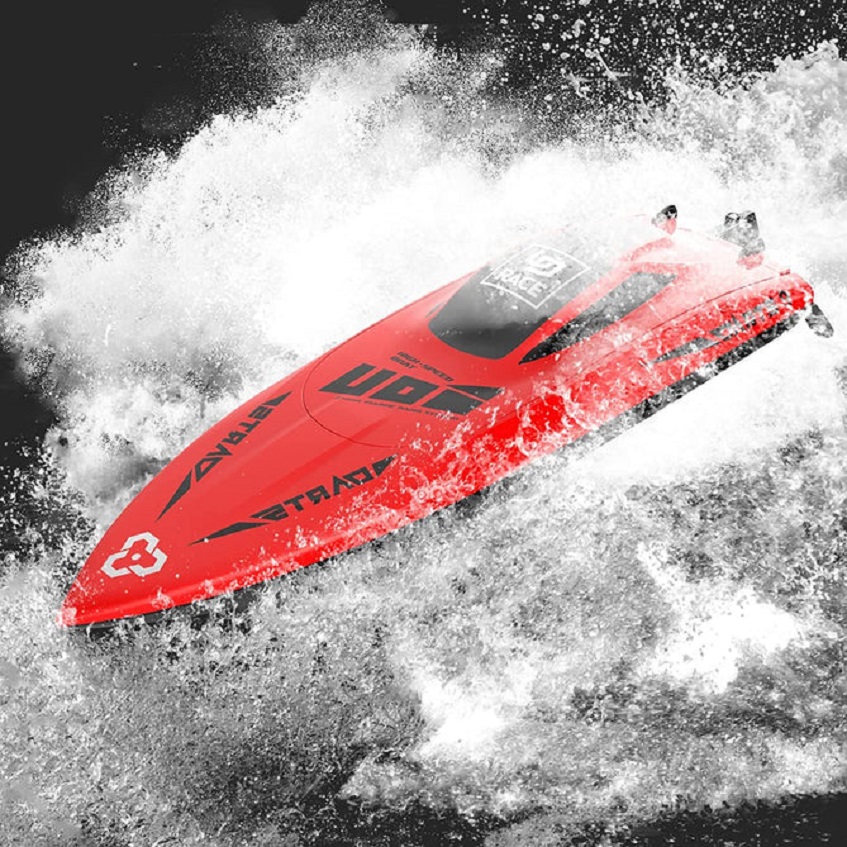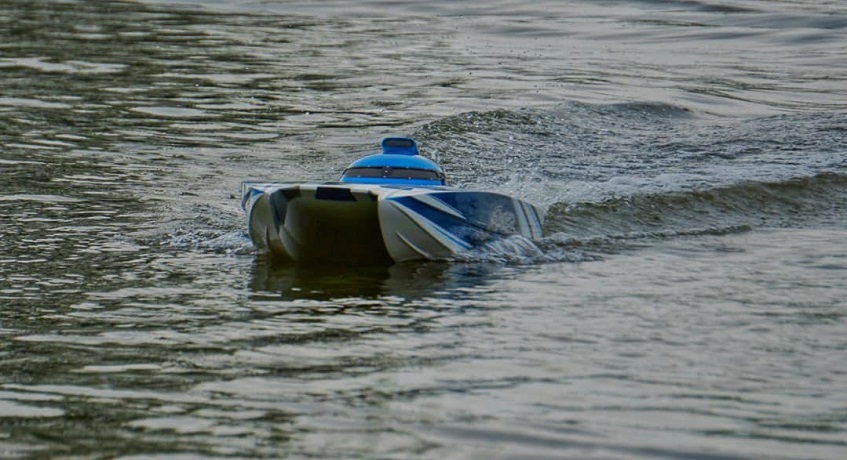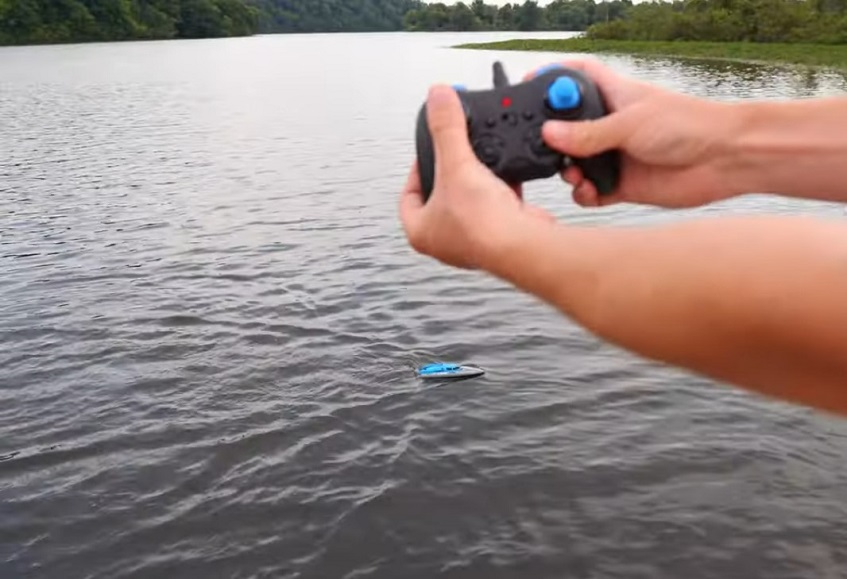
Setting Sail: Your Essential Guide to Choosing the Right RC Boat
While owning a full-sized boat might be the dream, sometimes life’s constraints nudge us toward a smaller, yet equally exhilarating alternative. RC boats are pint-sized vessels with the power to ignite your sense of adventure and exploration. In this guide, I’ll show you how to choose the perfect one and unlock a world of fun and excitement for sailors of all ages.
Fuel Type

Just like picking the right fuel for your car, choosing the fuel for your RC vehicle can make a lot of difference in how it performs out on the water. For beginners dipping their toes into the world of radio-controlled vehicles, an electric-powered RC boat is like the training wheels on the water – they’re easy to handle and maintain, making them a great starting point.
On the other hand, if you’re craving a bit more power under the hood (or should I say, under the deck?), then you should consider nitro or gas-powered options. Gas is the go-to for larger, two-cycle boats, but it can be a bit high-maintenance, requiring careful attention to keep everything running smoothly. On the flip side, nitro fuel packs a punch, giving your vehicle an extra kick of speed when you need it most.
However, it does come with a price tag to match its performance, making it the priciest option to keep in stock. So, when you’re weighing up your options, don’t forget to factor in the fuel type. Whether you opt for the simplicity of electric power or the adrenaline rush of nitro or gas, each one brings its own pros and cons, so there’s a perfect match for every aspiring captain.
Location
The location where you’re planning to take your high speed RC boat for a spin can make a big difference in your buying decision. Different bodies of water call for different types of vehicles, so you need to pick the right tool for the job. If you’ve got dreams of conquering the open sea, cruising on a large lake, or navigating through rivers, you’ll want something with a bit more power behind it.
You’ll need a boat that can handle choppy conditions and rough weather with ease. When the waves start rolling, you’ll be glad you opted for a powerhouse. On the other hand, if your aquatic adventures lean more towards peaceful pond paddling or lazy creek cruises, you might not need all that horsepower. So, before you dive into the world of RC, take a moment to consider where you’ll be unleashing your maritime masterpiece.
Controller

When it comes to the perfect controller, it’s all about finding that sweet spot between maximum control and user-friendliness. Think of it like the captain’s wheel of your ship – it needs to be easy to handle yet give you the power to navigate your high speed RC boat with precision. Look for features that let you fine-tune your boat’s movements with ease, so you can zip around like a pro.
If possible, make sure that your controller is waterproof. Accidents can happen when you’re out on the water – a rogue wave here, a slippery hand there. The last thing you want is a soggy controller throwing a wrench in your manoeuvres. While your controller might not be the flashiest part of your setup, it’s the command centre that’ll keep your boat sailing smoothly through every twist and turn of your aquatic adventures.
Hull Type
Just like their full-sized counterparts, the hull of RC boats can make a big splash in how they perform out on the water. Flat-bottom hulls are the go-to for airboats and hovercrafts. They skim the surface with ease, thanks to a nifty pocket of air underneath. And they don’t even need an RC unit to zip around. If you’re in it to win it and you want to dominate the racecourse, then a hydroplane might be your ticket to victory. These sleek hulls reduce drag and crank up the speed.
Perfect for those adrenaline junkies who live life in the fast lane. However, the trusty monohull is ideal for most people. This is the bread and butter of RC boats in Canada, offering a nice balance between handling and speed. From leisurely cruises to friendly competitions, they’re versatile enough to handle whatever aquatic adventures you throw their way. So, whether you’re gliding in the air, racing to the finish line, or just enjoying a casual sail, there are different kinds of hulls for you.
What Do I Need to Run an RC Boat?
What you need is going to vary depending on the boat kit you have and how much of the heavy lifting has already been done for you. At the bare minimum, you’ll need a two-channel radio – that’s your lifeline for steering and controlling your vessel. Make sure it’s on a surface frequency to keep things sailing smoothly. Next, you’ll need a motor that’s just right for your model, along with all the running hardware to keep it chugging along. If you’re steering an electric-powered boat, don’t forget about the fuel. You’ll need a battery pack to keep it powered up, and a trusty charger to keep it topped off for your next aquatic adventure.


No Comments